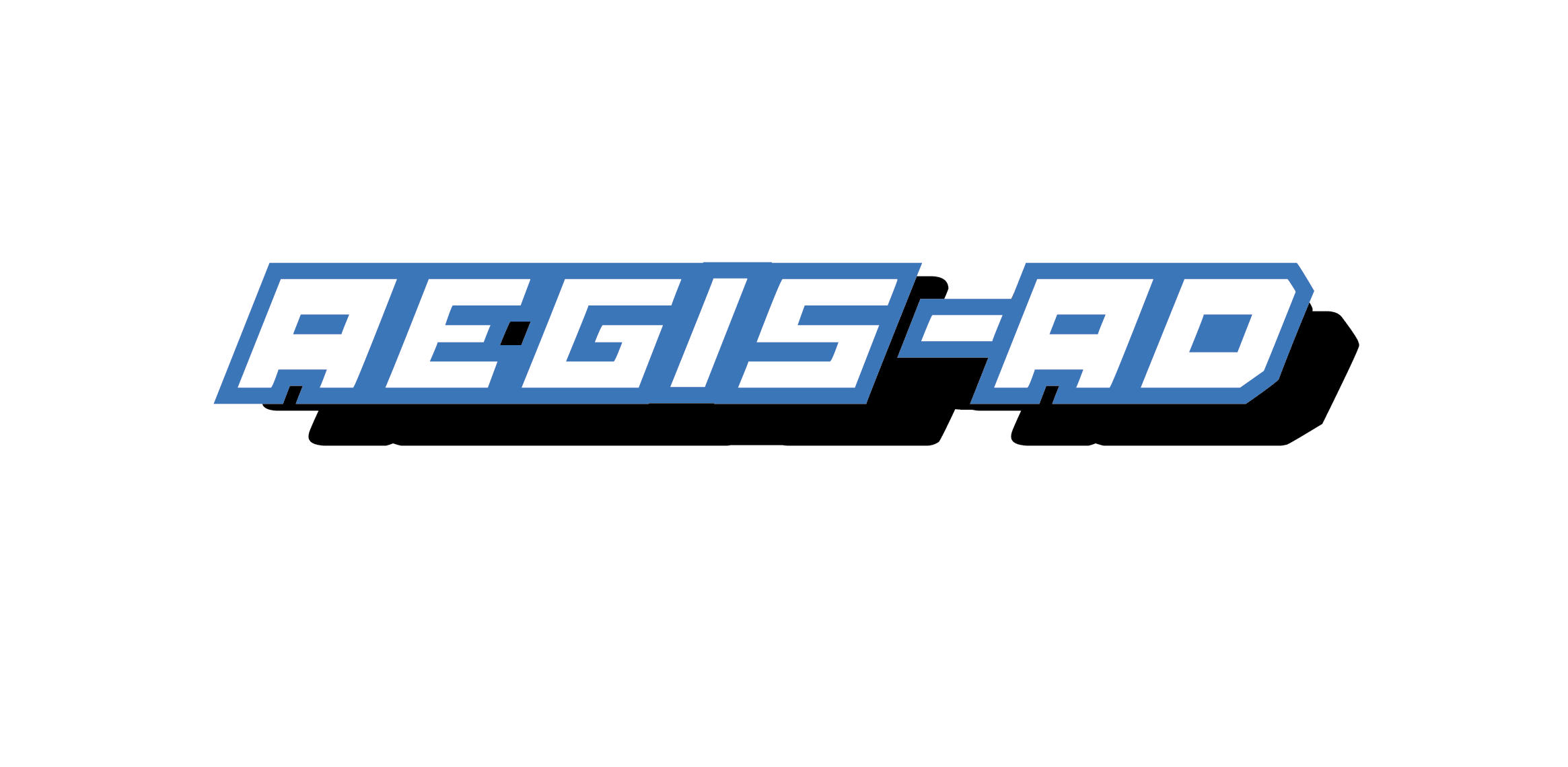Securing Active Directory: The Right Way with Aegis-AD

Active Directory (AD) has long been a cornerstone of enterprise IT infrastructure, providing a robust framework for managing user access and resources. However, it's crucial to understand that AD was never designed to depict the physical hierarchy of an organization. Instead, it was intended as a powerful Privilege Access Management (PAM) tool for system administrators (SYSADMINs). Unfortunately, over time, many SYSADMINs started using AD to mirror their organization’s physical hierarchy, making their lives easier but compromising security.
The Misuse of Active Directory
The initial design of Active Directory was to enforce strong security protocols, not to simplify organizational mapping. SYSADMINs found it convenient to use AD to represent the physical hierarchy of their organizations, but this practice led to a significant security risk. By aligning AD structures too closely with physical hierarchies, organizations inadvertently made their AD environments more vulnerable to attacks. The simplicity that came from this misuse resulted in widespread complacency regarding AD security, making the job of cybersecurity firms like MottaSec more challenging.
The Complexity of Secure AD Deployment
Deploying Active Directory in a secure and intended manner is far more complicated than many IT professionals realize. The general perception that AD is easy to deploy and manage has led to a lax approach towards its security. This is where companies like MottaSec come into play, having to retrain IT staff to think differently about AD deployment and management.
Introducing Aegis-AD
To address these challenges, MottaSec developed Aegis-AD, a tool designed to deploy AD securely, adhering to best practices and intended use cases. Aegis-AD simplifies the process of creating a secure AD environment, ensuring compliance with modern security standards without compromising functionality.
The Microsoft Tiering Model
The Microsoft tiering model is a critical concept for understanding secure AD deployment. It involves the separation of administrative duties across different tiers to minimize the risk of widespread compromise. Typically, there are three tiers:
- Tier 0: Direct control of the Active Directory forest, including domain controllers (DCs) and critical servers.
- Tier 1: Control over server resources and applications.
- Tier 2: Control over user workstations and devices.
The need for separation between these tiers is to ensure that compromise at one level does not automatically grant access to higher levels. For instance, if a workstation (Tier 2) is compromised, the attacker shouldn't be able to access the domain controllers (Tier 0).
Aegis-AD's Features
Aegis-AD is designed to create a secure AD deployment by:
- Establishing the Tiering Structure: Automatically creating the tiering model, ensuring proper separation of duties.
- Group and Hierarchy Creation: Setting up groups and their hierarchies in accordance with the tiering structure.
- GPO Deployment: Deploying Group Policy Objects (GPOs) with appropriate settings and linking them to the relevant Organizational Units (OUs).
- LAPS Deployment: Implementing the Local Administrator Password Solution (LAPS) for managing local administrator passwords.
- Permissions and ACLs: Configuring permissions and Access Control Lists (ACLs) for user groups and OUs.
- Authentication Policies: Creating Authentication Policies and Authentication Policy Silos to enforce strict access controls.
- Privileged Access Workstations (PAWs): Establishing PAWs for managing tiers, enhancing security by isolating administrative tasks from regular user activities.
The Importance of Privileged Access Workstations (PAWs)
PAWs are essential for maintaining a secure AD environment. These workstations are dedicated to performing administrative tasks and are isolated from the rest of the network to prevent cross-contamination. By using PAWs, SYSADMINs ensure that sensitive administrative tasks are performed in a controlled and secure environment, reducing the risk of credential theft and lateral movement by attackers.
Comprehensive Security with Aegis-AD
Aegis-AD ensures that the tiers within AD are physically separated, preventing unauthorized lateral movement. This means that even if a lower-tier machine is compromised, attackers cannot easily jump to higher-tier systems. By preventing Domain Admins from having sessions on non-DC servers and computers, Aegis-AD enforces a higher standard of security, protecting the environment even if SYSADMINs are negligent or lack cybersecurity expertise.
Moreover, Aegis-AD can deploy LAPS for workstations, servers, or both, linking the appropriate ACLs to groups for secure password management. Whether deployed on a fresh AD or an existing one, Aegis-AD integrates seamlessly, ensuring a secure and compliant AD environment.
Conclusion
Understanding the complexity and importance of secure AD deployment is vital. Tools like Aegis-AD not only simplify this process but also enforce best practices, ensuring a robust and secure AD environment. By appreciating the underlying security issues and the solutions Aegis-AD offers, organizations can significantly enhance their cybersecurity posture, protecting against modern threats and vulnerabilities.

